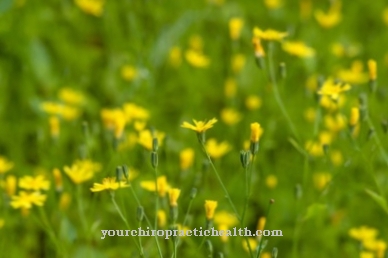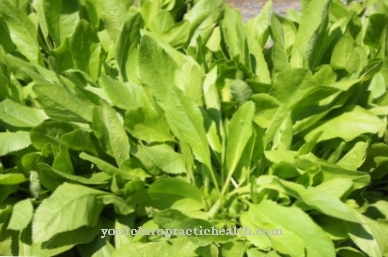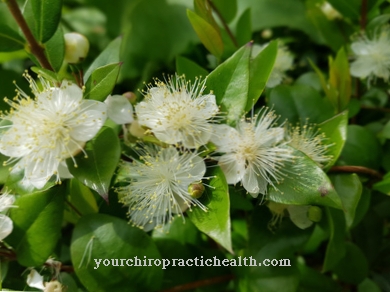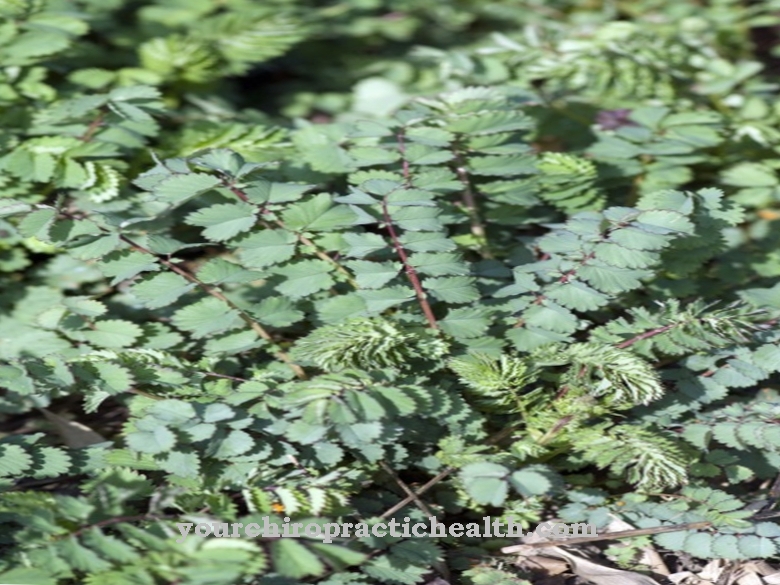They are small, round and full of valuable ingredients, the red, white and black currants. The small - more sour than sweet - ripe vital pearls hang in June, July and August like grapes on the currant bushes. Since the first fruits are usually ripe around the Midsummer Day of the Christian calendar on June 24th, they were given the name currant.
What is the black currant?

The fruits are known under the generic name "Ribes". "Ribes rubrum" stands for the red currants, "Ribes nigrum" for the Black currants.
While the red and black currants can be assigned to their own botanical species, the white currants are the result of cultivations from the red currants. The fruits of the alpine currant are also red, but often tastes too little fruity for the consumer and is therefore not consumed.
Crossing the black currant with the gooseberry resulted in the aromatic and significantly larger josta berry. There are also ornamental shrubs that are botanically similar to edible currants. The native red currant was the pioneer for currants and was already cultivated in the late 15th century. In the 16th century the black currant, originally from North Asia, followed.
Application & use
The Black currants belong to the most valuable fruits of our latitudes. Even if harvesting and handpicking takes a little longer than with large fruits, they are still very popular.
As frozen products, they are becoming more and more popular in the kitchen thanks to their ease of use. Nowadays, blackcurrants are mainly used as pure fruit, in cakes, desserts, compotes, any kind of dessert variation or as a juice and smoothie. The sour fruit is also mixed with other sweet seasonal fruits. Especially in northern Germany, currants are a very popular dessert as berry grits with fresh vanilla sauce or vanilla ice cream.
The black currant is not only a pleasure but also a remedy. As early as the 16th century, the botanist and physician Tabernaemontanus (Jakob Dietrich, 1520-1590) described the healing effects of black currants in his herbal book.
Significance for health, treatment & prevention
Today we know that Currants are real power berries. They are characterized by their extremely rich content of vitamins, minerals and secondary plant substances. The group of flavonoids is particularly abundant. So far, around 4,000 different flavonoids are known worldwide. Flavonoids belong to the group of polyphenols. Polyphenols are scientifically classified as anti-inflammatory, antioxidant, antimicrobial, antithrombotic and anticarcinogenic.
Above all, the possible tumor-inhibiting effect is a very important finding for science. Polyphenols also have a regulating effect on the immune system, blood pressure and blood sugar levels. The secondary plant substances offer the black currant a big plus.
Black currants are also extremely rich in vitamin C. They contain 130 mg of the vitamin per 100 g of berries. Vitamin C and the flavonoids together are an unbeatable team in antioxidant protection against so-called free radicals from the polluted environment. In addition, both strengthen the human immune system in a particularly active way. Vitamins A, E, B3 and B5 are also contained in large quantities in the power berries. The berries are also rich in potassium, calcium, iron, magnesium and manganese.
Black currants thus promote cell metabolism and the body's own blood formation, strengthen hormone production and protect the mucous membranes. The muscles and the heart are also supported in their work by the valuable ingredients. The healing due to the dehydrating effect of black currants is also known for gout and rheumatism.
There is also good experience in relieving whooping cough, hoarseness, and affected voice with blackcurrant juice. This can both be drunk and only used as a gargle for the latter symptoms. The tannic acid contained in black currants can soothe the intestinal walls and stop diarrhea.
And today black currants have a wonderful effect in a time often characterized by stress and hectic pace: they have a calming effect on nerves and lift the mood. The old saying "sour makes fun" is really applicable to black currants because of their ingredients.

















.jpg)







.jpg)


